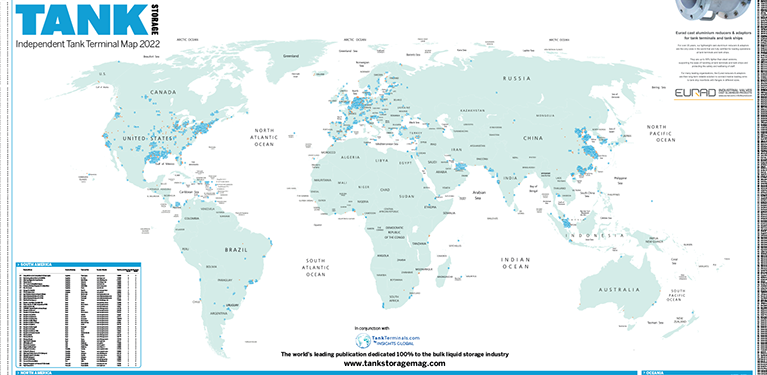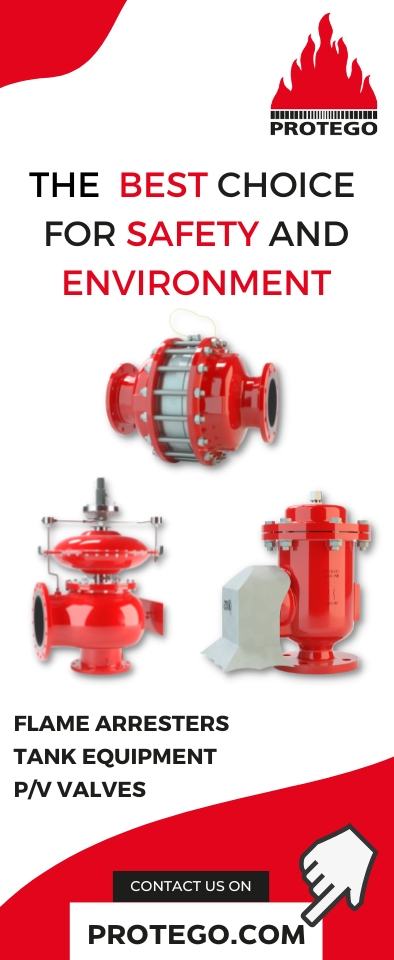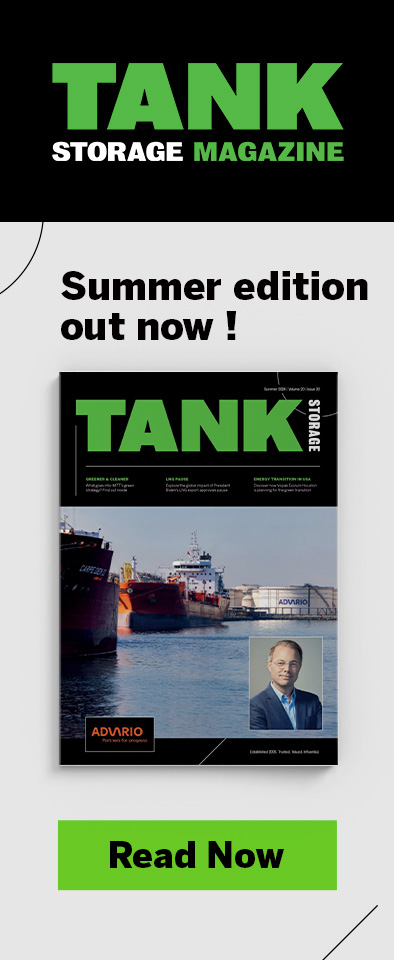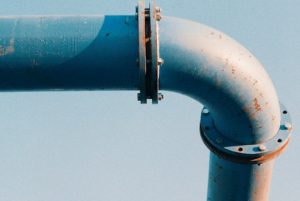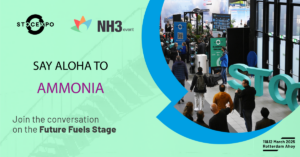Celebrating 50 years of excellence, the experts at PALA Group share the secrets to a successful partnership and aboveground storage tank builds

In 1973, PALA Group embarked on a journey that would redefine industrial construction solutions. Today, PALA proudly celebrates 50 years of unwavering commitment to quality, safety, and innovation. From PALA’s roots in the Gulf Coast to serving clients nationwide, PALA Group has been a steadfast partner to terminal operators, delivering top-tier aboveground storage tanks (ASTs) with precision and expertise.
STEP BY STEP: CRAFTING YOUR PERFECT AST
Terminal operators and owners will be well-acquainted with aboveground storage tanks (ASTs) and know that significant planning goes into the construction of a new one. An EPC tank builder, like PALA, can take a client through the full engineering, procurement and construction process, to alleviate some of the stresses – and risks.
STEP ONE: Design & Engineering
Every AST is unique, designed to meet your specific needs. Initial design should capture:
- Material compatibility
- Pressure and temperature requirements
- Storage duration considerations
- Comprehensive containment solutions
- Regulatory compliance
Explore tank designs tailored to your industry. Common designs include:
- External floating roof (EFR) tanks, where the roof floats on the product surface, reducing vapor emissions, preventing product evaporation and minimizing environmental impact.
- Internal floating roof (IFR) tanks, where the internal roof floats on the product surface in conjunction with a permanent roof structure. Utilized for weather resilience.
- Self-supported or structure supported cone roofs.
Engage in a discussion about your design requirements with PALA’s team of in- house engineering experts.

STEP TWO: Foundation
The tank foundation forms the cornerstone of AST performance, ensuring optimal tank functionality and preventing containment issues. Items to be considered:
- Soil condition assessment
- Environmental factors
- Tank size and application
- Tailored containment solutions
PALA’s in-house civil construction team can complete the tank foundation work before the tank installation process begins, synergize construction activities.
STEP THREE: Prefabrication
Aboveground storage tanks are manufactured in specialized fabrication shops, specifically designed to accommodate the production of large metal tank components. These facilities boast extensive laydown areas spanning several acres and house heavy machinery such as cranes and welding equipment. Within these facilities, proficient technicians meticulously transform design engineers’ specifications into the various components that comprise the AST. PALA’s AST fabrication and ASME vessel facility is located in Hammond, LA, with 94,000 square feet of fabrication under roof, a dedicated alloy shop, and 15+ acres of laydown facility.
Who is PALA Group?
Founded in 1973 by Rick Tarajano, PALA began in the Louisiana sugar industry, expanding into diverse sectors like pulp and paper, refining, and petrochemicals. In 1987, PALA expanded into aboveground storage tanks and ASME vessel operations. As an employee-owned company (ESOP) since 2008, PALA Group has continually grown and diversified, offering:
- SMART Safety Group (2012): A company founded by PALA to help contractors and manufacturers in their quest to protect their most valued asset – their employees
- US FUSION & Specialty Construction (2017): A subsidiary providing services complementary to PALA’s, including fabrication and installation of plastic pipe and plastic liner systems, concrete embed liners and various erosion control systems
- ARCCO Power Systems (2021): A subsidiary specializing in the sale, service, and rental of new and used generators ranging from 10kW to 3.5MW – offerings that are particularly useful in emergency response and disaster recovery situations
- Elite Helical Solutions (2021): A subsidiary providing specialized helical piles as a deep foundation solution for industrial, mid- stream, and commercial building markets across the Gulf Coast
- US RUBBER & Specialty Applications (2023): A subsidiary providing field and shop installation of rubber liners and specialty coatings in tanks, vessels , piping and other specialty items.
‘PALA has evolved into a group of growing companies that relentlessly focuses on delivering the best possible service to our customers and creating value for our group of employee-owners,’ says Scott Barringer, PALA CEO. ‘I’m proud to look back at our humble beginnings and see how far we’ve come in 50 years.’
STEP FOUR: Field Erection
After prefabricating an aboveground storage tank and preparing the site, the installation phase begins. Installation can range from unloading a fully assembled small-diameter AST onto the prepared foundation to delivering tank components to the site and having them assembled on-location by a skilled installation crew. PALA’s field installation teams, composed of employee-owners, prioritize safety, quality, and nurturing enduring client partnerships.

STEP FIVE: Protecting the Tank
Preserving storage tanks from corrosion and ensuring their structural longevity often necessitates the application of coatings, liners, or rubber liners. This crucial aspect of the project can be expertly handled by US Rubber and Specialty Applications, a subsidiary of the PALA Group.
STEP SIX: Rigorous Evaluation & Certification
After the installation/erection of a tank, it must undergo a rigorous evaluation and certification process before it can be commissioned for use. Given the potential hazards associated with substances stored in ASTs, it is imperative to verify that the vessel is both operationally sound and compliant with all relevant standards and regulations before it is put into service. Two key standards govern AST fabrication: API 620 and API 650. Contact PALA’s in-house engineering and design team to evaluate which standard best meets your requirements.
For more information:
Visit PALA’s tank engineering, procurement and fabrication facilities in Baton Rouge and Hammond, Louisiana. Explore the team’s comprehensive tank maintenance programs, in-shop and on-site repair services, and innovative 3D Laser Scanning for tank analysis and inspection.


